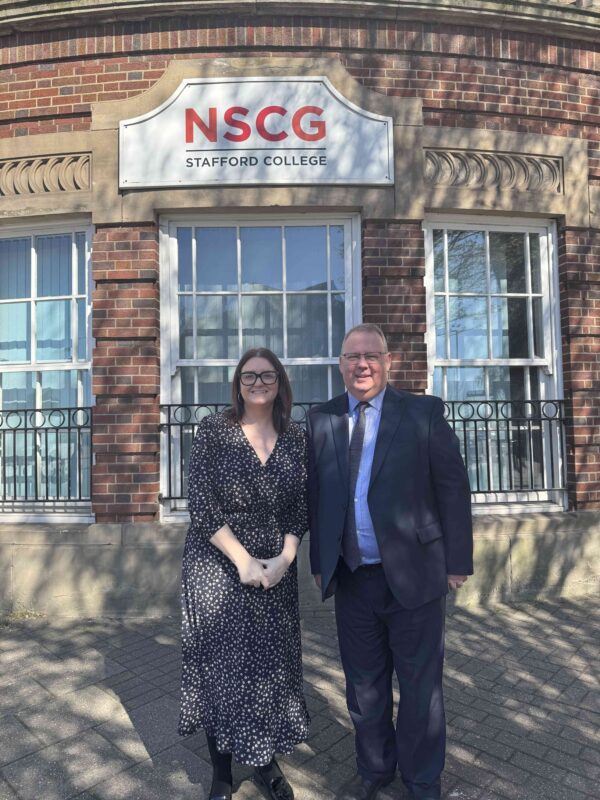IFS: The latest picture on school funding and costs in England

The government regularly claims that school funding and funding per pupil in England are at record highs. Such claims are, to put it mildly, unhelpful to public debate. Prior to 2010, school funding per pupil was at a record high almost every year. The fact that this has not been the case since 2010 just reflects the fact that we saw a historically high real-terms cut in school spending per pupil of 9% between 2010 and 2019.
The actual costs faced by schools in 2024–25 are likely to grow at a faster rate (about 5%) than total school funding per pupil (less than 4%). As a result, the purchasing power of school budgets is likely to fall by 1% in 2024–25. In contrast, standard measures of inflation (the GDP deflator) are due to rise by 2% in 2024–25, which implies a 2% real-terms rise in school spending per pupil in 2024–25. The reality for schools is likely to be much harder. If the government wanted to compensate schools fully for the expected cost rises, school funding in England would need to rise by a further £700 million over and above existing plans for 2024–25.
On current projections, we expect that the purchasing power of school funding per pupil will still be 5% below 2010 levels in 2024. If the government wanted to go even further and compensate schools for this 5% loss in purchasing power of school budgets, it would require a total of £3.2 billion in extra funding.
Luke Sibieta, a Research Fellow at IFS and author of the comment, said:
‘Following on from a 9% real-terms cut to school spending between 2010 and 2019, the present government has been delivering boosts to school funding and was just about on course to get school spending per pupil in England back to 2010 levels by this year. However, schools have also been seeing rapid cost rises from rising teacher pay awards, large rises in support staff pay and spikes in food and energy costs. This coming year, we currently expect schools’ costs will rise by 5%. With funding per pupil increasing by less than 4%, we expect the purchasing power of school budgets to fall by 1% this year. If the government wanted to compensate schools fully for the expected cost rises, school funding in England would need to rise by a further £700 million over and above existing plans for this coming year.’
Sector Response
Geoff Barton, General Secretary of the Association of School and College Leaders, said:
“This IFS analysis shows the reality behind the government’s rhetoric about ‘record funding’ of schools – which is that schools are actually much less well funded than they were in 2010 when funding is set against rising costs. As a result, they have already had to make very difficult decisions about the amount of pastoral support and curriculum options they are able to provide, and what they can afford in terms of IT equipment, classroom resources and routine maintenance.
“Many of these issues are even worse in post-16 education which has been even more poorly funded. Meanwhile, capital budgets have been so severely cut since 2010 that many parts of the school estate are falling apart and are riddled with asbestos and crumbling concrete. And special educational needs provision is in crisis with the level of need much greater than the available resources.
“The government has another opportunity in next week’s spring budget to address these issues by investing in children and young people. We think that this a far better thing to do for this country than a pre-election tax cut for short-term political gain.”
Daniel Kebede, General Secretary of the National Education Union, said:
“The NEU agrees with the IFS that the correct way to chart progress in the education system is by reference to school costs. School costs have grown faster than inflation, and faster than education funding since 2010. It is school purchasing power that counts in providing an education system fit for the 21st century.
“Persistent underfunding has led to deep and lasting effects on the education sector. Class sizes are at record levels – primary class sizes are the highest in Europe and secondary class sizes are the highest since records began more than 40 years ago. All children deserve to be taught in classes of fewer than 30 led by a qualified teacher, but this is simply not being addressed. Nor is the recruitment and retention crisis, when the government cannot even meet its own targets in teacher training. No wonder teachers are leaving the profession in high numbers.
“70% of schools in England have lower real-terms funding this year than in 2010. 380 schools have lost more than £2,000 in real terms per pupils funding due to government cuts. 2024-25 promises more of the same. Core school funding through the National Funding Formula will rise by only 1.9% on average.
“Urgent action is needed in the Spring Budget to address shortfalls in spending and to finally address the recruitment and retention crisis in teaching.
“Up until this point Government have not listened to the clear evidence put in front of them. They are ignoring a growing existential crisis in education that is happening on their watch.
“To demonstrate how serious this is our members will be consulted from 2 March, via a preliminary electronic ballot, to gauge their willingness to take industrial action to win additional funding from Government for pay and additional staffing resources. By not fully funding pay awards, the Government makes it even harder for heads to balance the books.”
The latest picture on school funding and costs in England is an IFS comment by Luke Sibieta.











Responses